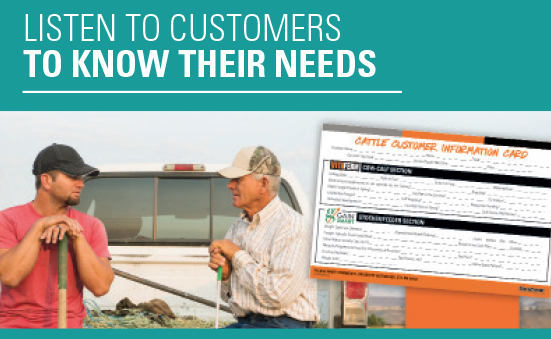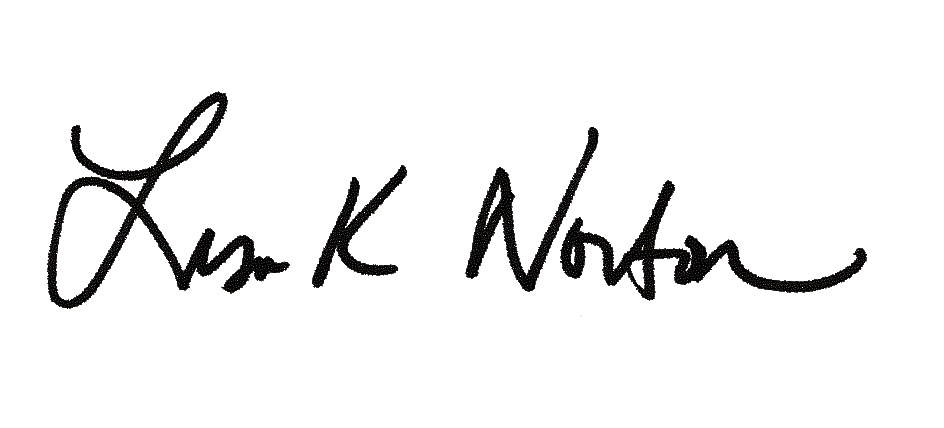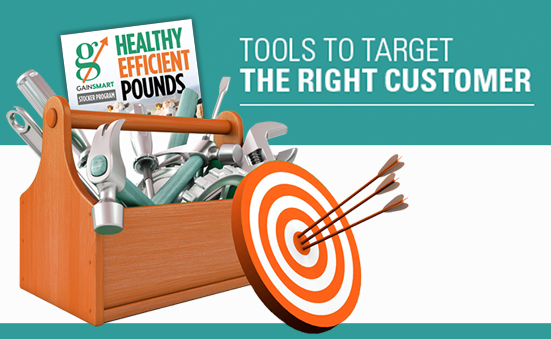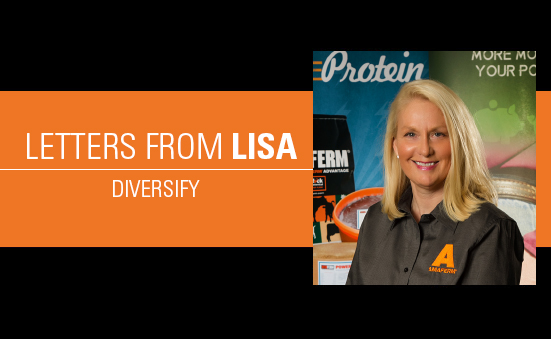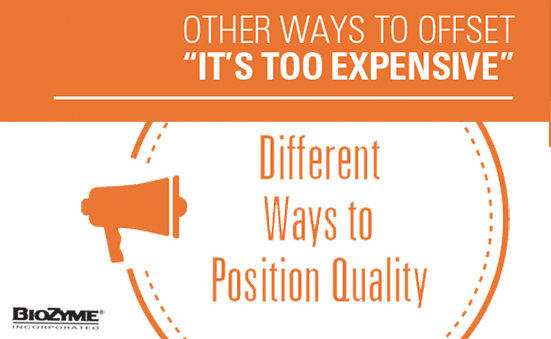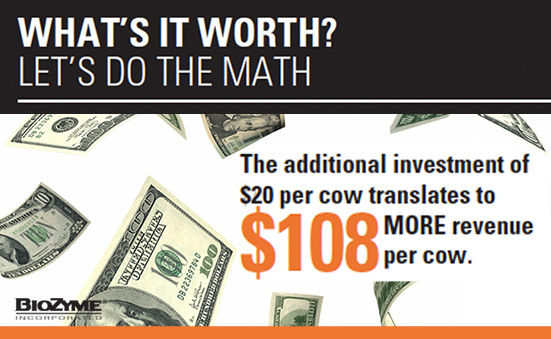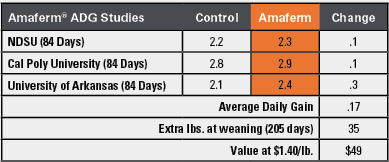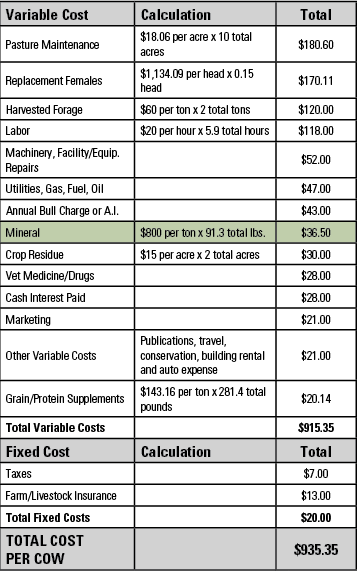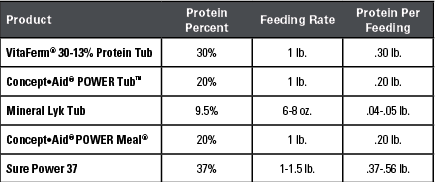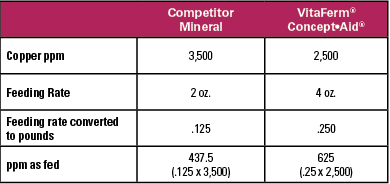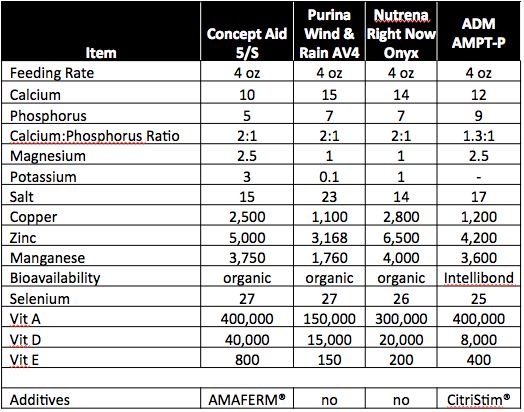Kari Schultz of Spring Canyon Feeds knows how important it is to listen to her customers as part of the keen service she provides. And she doesn’t let their words fall on deaf ears. She takes what she hears to BioZyme® to make sure her customers have what they need so they don’t go buying feed at one of her competitors.
“It’s nice because BioZyme does listen to us and our concerns,” Schultz says. “I try to bridge that gap between the company making the product and the producer using it because if we don’t have the right products, our customers will go elsewhere.”
Schultz recalls an instance where several of her customers requested a mineral tub with a different formulation, including higher levels of magnesium to prevent grass tetany during springtime grazing. Her goal is that the BioZyme R&D team will have this ready to go by next spring so her customers in Eastern Colorado will know that when they speak, Schultz and the BioZyme staff truly do listen.
It’s not just the challenges that Schultz’s customers share with her. She had one first-time customer tell her how pleased he was with Concept•Aid® after he had 100% conception rate on his two-year-old heifers, an affirmation that Schultz was sure to share with BioZyme and other cow-calf producers wondering about the product.
As an additional resource, Schultz has created a customer information card that she keeps handy for each of her customers that has important information such as herd size, breeding season, calving season, forage availability and other questions she might regularly ask to help customize a feeding program. She says the cards help her know important information about each customer and has allowed her to begin making customized feeding plans for her customers based on their individual needs and other available resources. She says the cards also help her with inventory control by keeping her in the know about her customer needs by time of year so she can have the right product on hand.
Although listening to her customers is just one side of the communication stream, Schultz says she has built trust with many customers because she too is a producer and does a lot of research on her own time.
“Not all products work in certain circumstances, but we have experience and can show the customers first-hand how to make products work for them,” Schultz says. “Because we are producers and BioZyme backs the products, we have built trust with our customers.”
Schultz adds that those dealers who are not producers should take advantage of the opportunities to learn from and listen to their customers. She suggests digging deeper than a casual conversation – walk the bunkline with them, drive a pasture with them and ask them about their forages, and ask what your customer really wants and needs when it comes to a nutrition program.
A customer information card similar to the one Kari uses is now available for you. Visit the Online Dealer Center at www.biozymedealer.com and go to Marketing – Request Center – Marketing and Merchandise Requests to get yours today.
